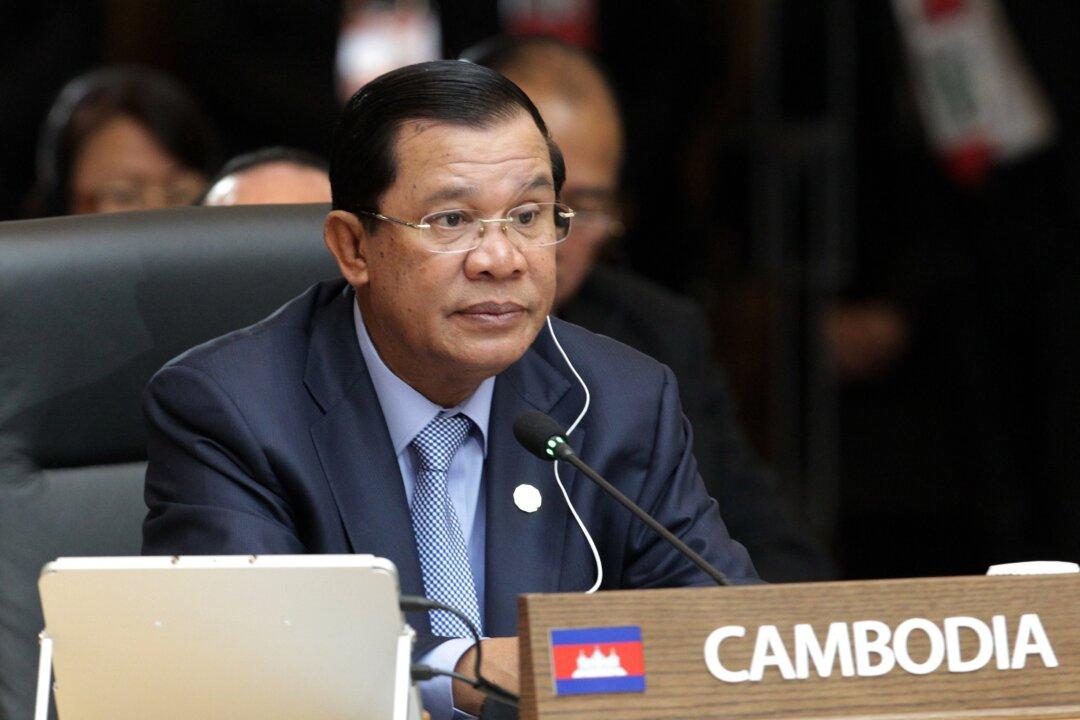It is now 36 years since the end of the Khmer Rouge regime that all but destroyed the Cambodian nation, decimated its most educated people, and reduced the country to year zero.
Amazingly, the young foreign minister who emerged from the debris in 1979 is still in power.
Hun, then a gaunt-looking 27-year-old, was drafted from the obscurity of a Vietnamese camp for Cambodian dissidents and defectors to serve in the newly installed Heng Samrin government. His parents were poor rice farmers. He entered politics without any diplomas or degrees. From the world’s youngest foreign minister in 1979, he currently ranks as the region’s longest-serving prime minister.
“Hun Sen’s Cambodia” by Sebastian Strangio, a former journalist with the Phnom Penh Post, helped to fill a number of historical gaps in charting the rise of Hun through the 1980s to the 2013 elections.
The young foreign minister was a fast learner. Appointed prime minister in 1985, Hun Sen soon boldly charted an end to the civil war. In 1989 he gave the country a new name—the State of Cambodia—as well as a new flag and constitution, and shrewdly paved the way for an eventual peace settlement in Paris.
Unfortunately, Strangio’s attempt to record recent Cambodian history is marred by an obsessive desire to view every topic through same prism: the legacy of UNTAC—the U.N. peacekeeping mission (1991–1993). Also pervasive is the author’s conviction that in every field Cambodia’s achievements are nothing more than a “mirage.”
Cambodian Reform
Cambodia has clearly made great progress in the last 30 years.
The nation was reborn in the 1980s. Peace returned in 1999. Cambodia long ago lost its regular place on TV news as one of the world’s most dangerous war zones. The magic of the ancient temples of Angkor and the nation’s cultural revival now once again captivate visitors. Both tourism and the garments industry have fueled economic growth.
Moreover, Cambodia is less repressive than many ASEAN governments, including Thailand and its cycle of military coups. Yet, according to Strangio, multiparty elections offer only a “mirage of democracy.”
In Cambodia’s last election, Hun Sen’s ruling party suffered a stunning loss of 22 seats, with the united opposition coming in a strong second with 55 seats in a national parliament of 123 members.
It’s too soon to dub this a “Phnom Penh Spring,” but Cambodia’s political diversity is more than just a mirage, particularly in comparison to the long-serving prime ministerial reigns of Mahathir Mohamad in Malaysia (22 years) and Singapore’s Lee Kuan Yew (31 years). Malaysia and Singapore have never tolerated the strikes, protest rallies, and vociferous opposition that are all welcome features of Cambodian political life.
